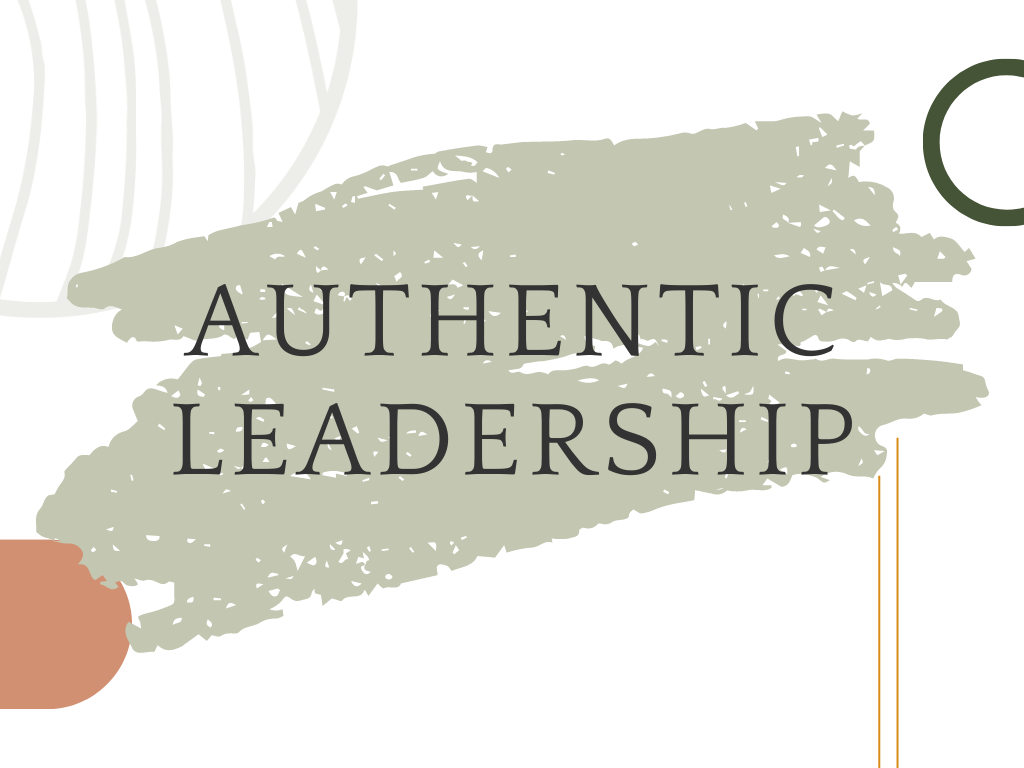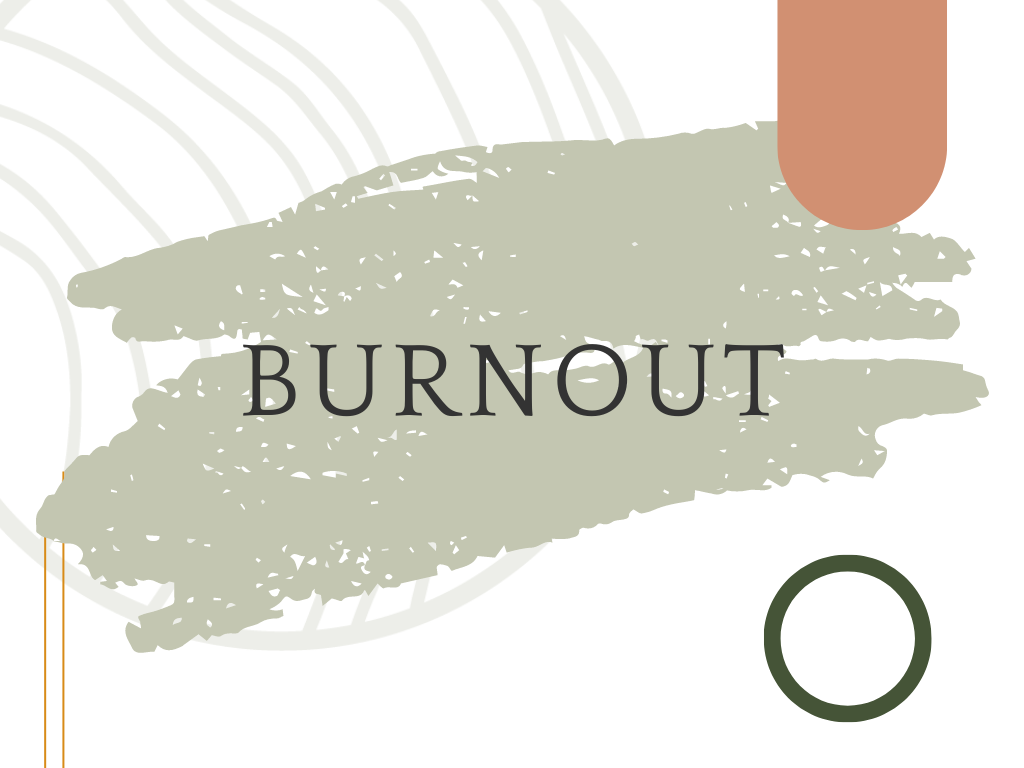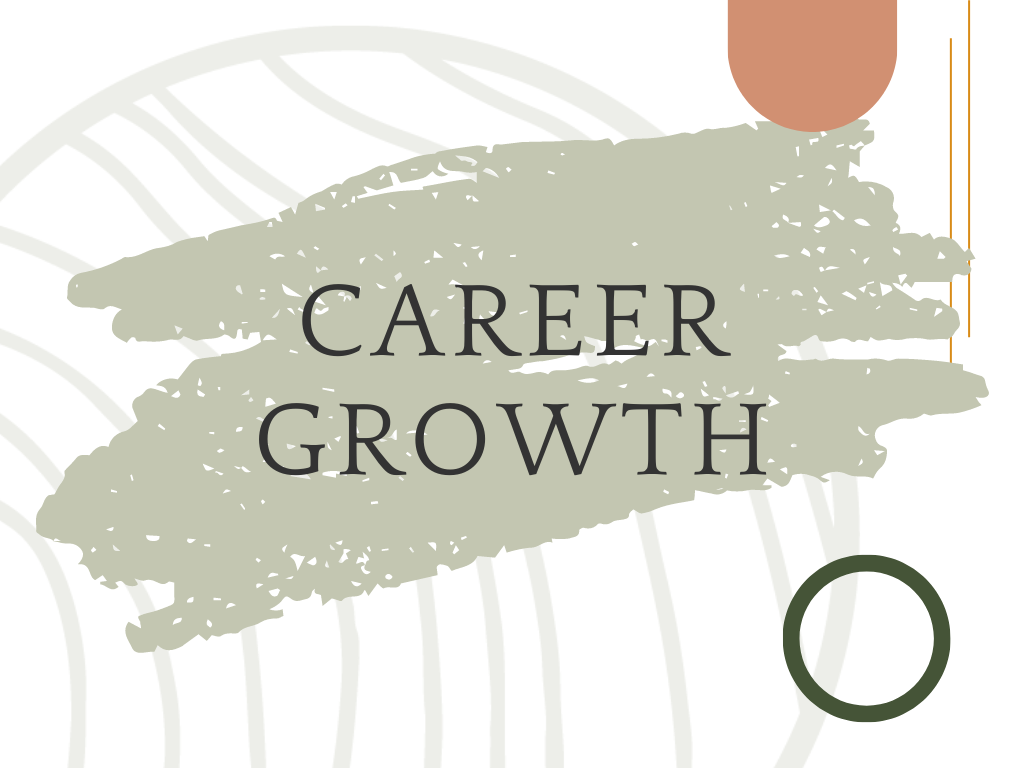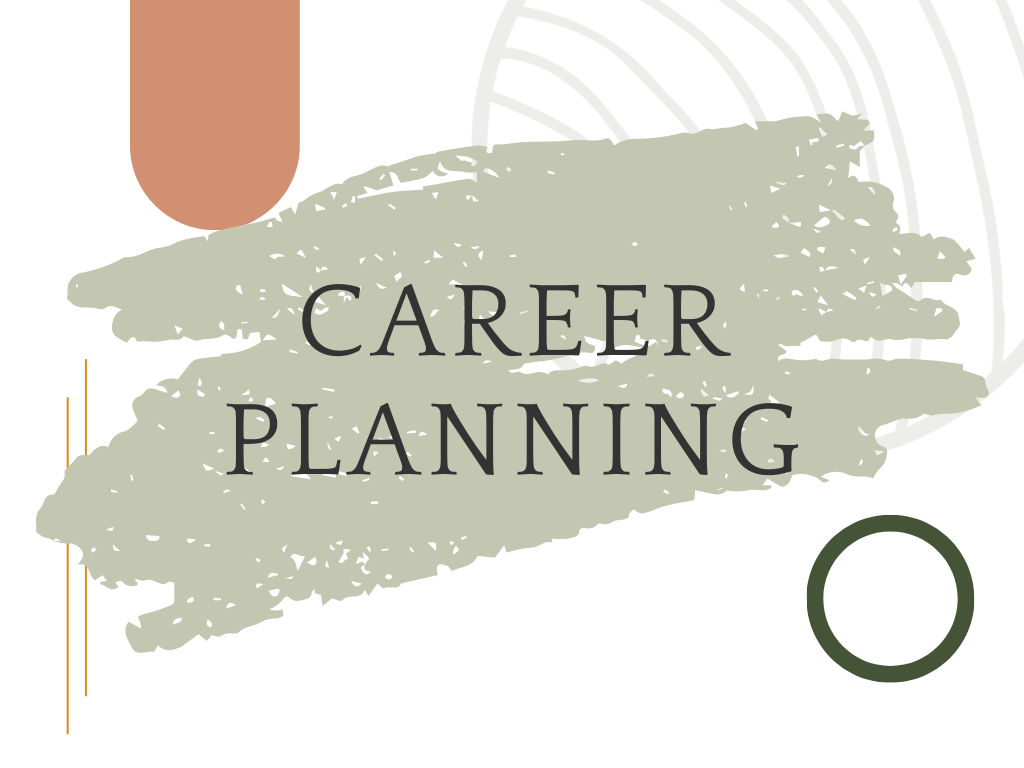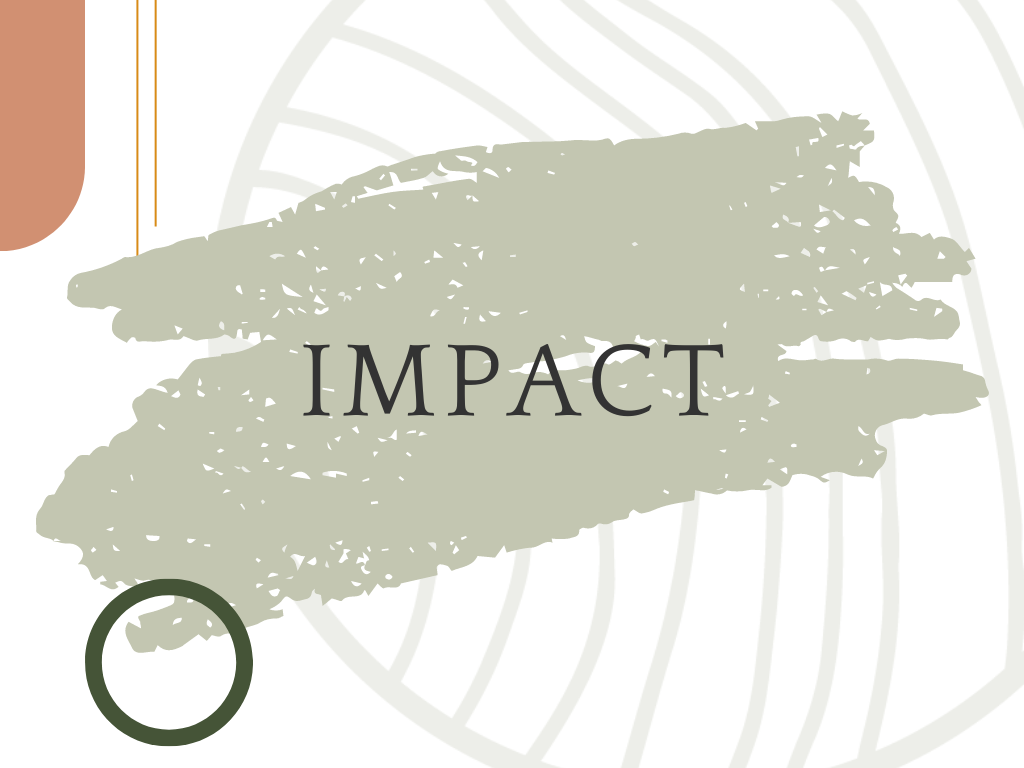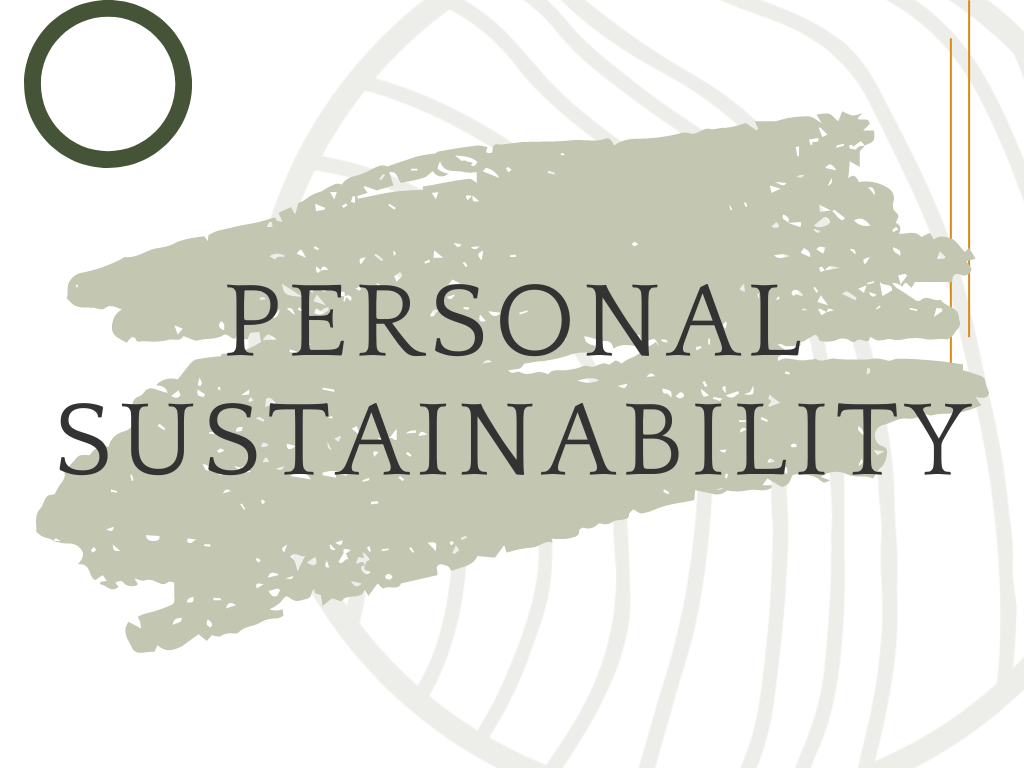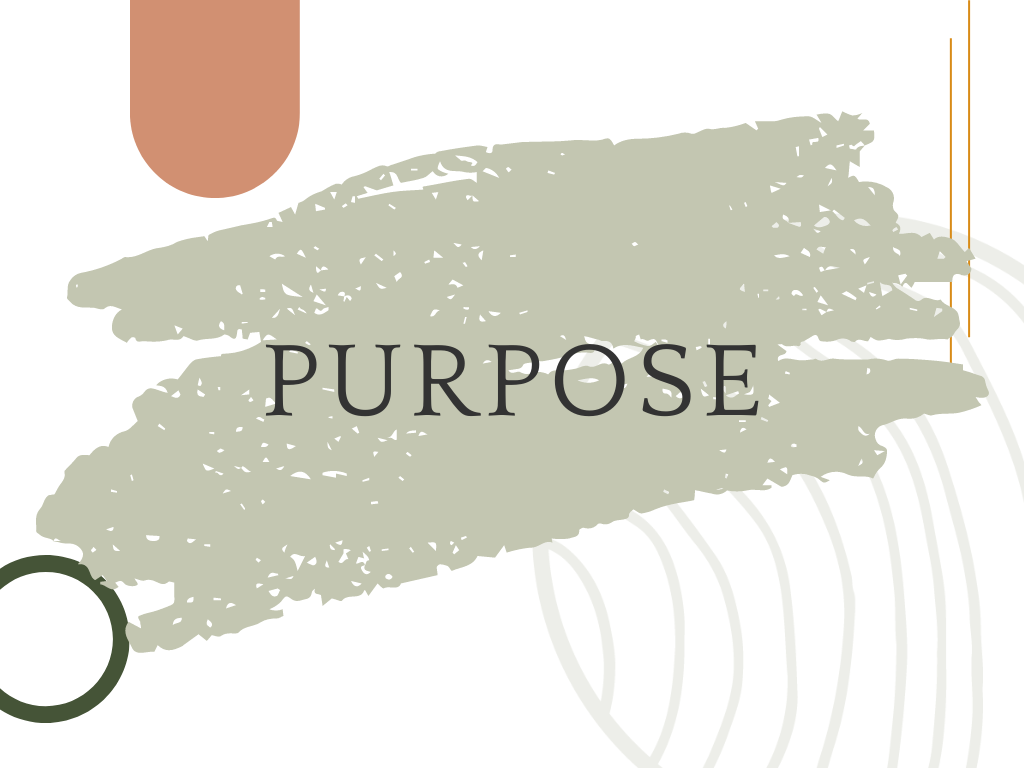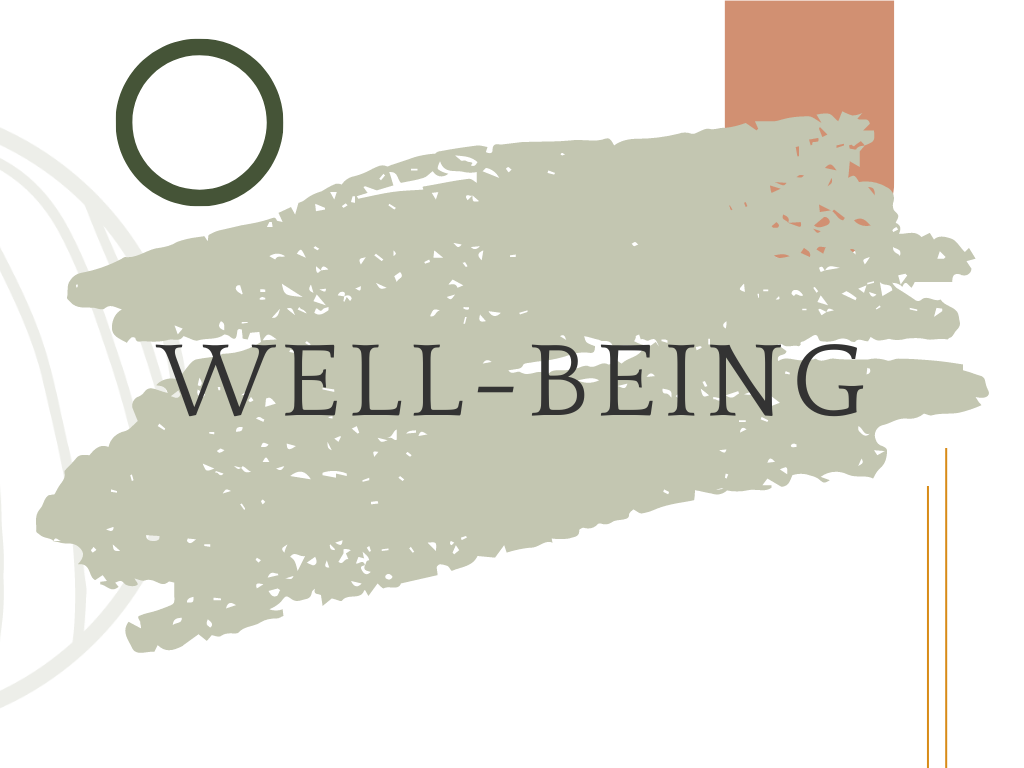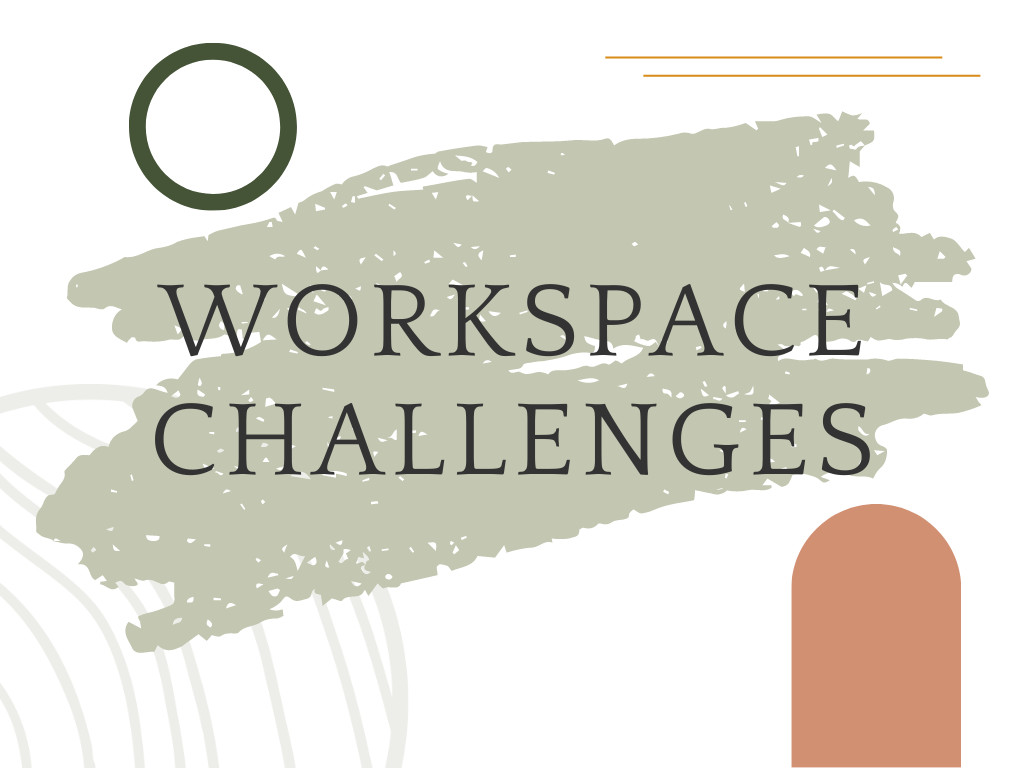
Start your journey to personal sustainability, discover well-being strategies, and achieve balance and happiness now!
Blog
What do you want to explore today?

Why Feeling Stuck in Your Career Might Be the Best Thing That’s Happened to You
Feeling stuck in your career is not a mistake—it is a signal for change. That discomfort often means you are outgrowing your current role or priorities and are being called to redefine what growth looks like.
When you take time to explore what matters most, patterns begin to emerge. You might realize it is about culture, challenge, boundaries, or the kind of work that energizes you. Clarity comes from peeling back those layers and identifying where you truly thrive. Once you know your strengths and criteria for fulfillment, stuckness turns into direction—and you begin to design your next chapter.

Craft Your Career Around Your Strengths – Not Just Your Skills
Skills make you capable, but strengths make you come alive. Many professionals build careers around what they can do, rather than what energizes them. The difference is powerful. Skills can be learned, but strengths are your natural wiring — the patterns of thought and behavior that feel effortless and fulfilling.
When you align your work with your strengths, everything changes. Engagement rises, confidence grows, and impact deepens. The key is to identify where you thrive, craft your role around those strengths, and build new skills on top of them. Fulfillment doesn’t come from doing more — it comes from doing what you do best.

Redefining Career Success: Aligning Your Work with Your Internal Compass
Career success is not just about titles, recognition, or achievements. It is about alignment, doing work that reflects your true strengths, values, and passions. When you use your strengths daily, you feel more energized, engaged, and fulfilled.
True success comes from within, not from external comparisons or social validation. It begins by identifying what makes you feel alive and building your work around it. Success is holistic, encompassing both your professional and personal life. When your work reflects who you truly are, you create a career that sustains and inspires you, not one you constantly have to chase.

Jump Start Your Productivity and Focus: Four Steps to Overcome Procrastination
Procrastination is not just about poor time management. It is often about avoiding discomfort, fear, or overwhelm. The longer you delay a task, the heavier it feels, draining both energy and confidence. The first step toward change is awareness.
Start by asking what your resistance is trying to tell you. Then, take small, intentional actions to move forward. Break the task into tiny steps, remove distractions, and connect your work to a larger purpose that matters to you. Progress begins with one small choice. When you act with clarity and intention, procrastination loses its power.

How to Stop Fear from Taking Over When You're Facing Career Uncertainty
Career uncertainty can trigger deep fear and self-doubt, no matter your stage or success level. Fear of losing what you love, staying where you feel stuck, or making the wrong move can leave you paralyzed. But fear is not truth—it is a signal to pause, not to stop.
You can quiet fear through mindful action. Notice your triggers, take one small step, and show yourself compassion. Reach out for connection and remind yourself you are not alone. Clarity rarely comes from waiting. It comes from movement. Each small action you take turns fear into progress and uncertainty into possibility.

4 Myths Busted: Realize LinkedIn’s True Power (Guest article)
LinkedIn is not just a job search site. It’s a powerful platform for connection, visibility, and professional growth. Beyond applying for roles, you can use it to build relationships, showcase expertise, and open doors to future opportunities.
Keep your profile complete and up to date so that others can easily understand your value. You don’t have to post daily, but engaging through comments, likes, or shares keeps you visible. A free account is enough to grow your network and connect meaningfully. When used intentionally, LinkedIn becomes more than a resume—it becomes your professional reputation in motion.

Unleashing Your Professional Potential: The Strategic Power of Long-Term Career Planning
Too often, career planning begins only when it feels urgent to find the next job. This short-term mindset can lead to years of unintentional choices, leaving many professionals mid-career feeling unfulfilled or lost. Long-term career planning is not about predicting the future; it is about shaping it with intention.
Taking time to reflect on where you want to be in five or ten years helps you connect today’s actions with tomorrow’s goals. It allows you to align your career with your values, lifestyle, and strengths, ensuring that your professional journey leads to purpose and lasting fulfillment.

The real and surprising role of purpose in your conservation careeR
Working in conservation or sustainability often feels deeply purposeful on the surface, yet many professionals quietly struggle to connect their personal sense of meaning to their organization’s mission. It’s possible to champion global change while feeling detached from the daily work that fills our calendars.
Rediscovering purpose begins with reflecting on how you personally create impact. Purpose is not found only in grand achievements but in the smaller, meaningful moments of contribution—analyzing data, collaborating with partners, or mentoring a teammate. When you align your unique strengths with your organization’s mission, your work transforms from obligation to authentic purpose.

Strengths Are Key To Creating Impact as an Environmental Leader
Environmental professionals often measure impact through tangible outcomes like reduced emissions or acres of land protected. Yet one powerful question often goes unasked: “Am I having a strong impact as an environmental leader?” True impact doesn’t come from following formulas or project plans alone—it comes from activating your unique strengths.
When you understand and use your natural talents, your energy, confidence, and results multiply. Strengths are what set you apart and allow you to thrive. By aligning your environmental work with your innate abilities, you not only expand your professional impact but also reignite your purpose for the planet.

It’s time for managers to focus on well-being – not just burnout.
The past few years have reminded us that well-being is not a luxury—it is essential. Burnout, stress, and blurred boundaries between work and life have exposed how deeply our personal and professional well-being are connected. Yet many workplaces still treat them as separate.
True well-being goes beyond wellness programs or gym stipends. It encompasses career satisfaction, meaningful relationships, financial stability, physical health, and a sense of community. When organizations prioritize these elements, engagement, performance, and fulfillment rise together. Supporting the whole person is no longer optional—it is the foundation of a thriving, resilient, and sustainable workforce.

Want to be more compatible with your co-workers? Know their communications style.
Most workplace challenges come down to one thing: poor communication. Misunderstandings, missed deadlines, and strained relationships often stem from mismatched communication styles, not from a lack of effort. We are communicating more than ever, yet often connecting less.
Building communication compatibility begins with understanding how others prefer to interact. Instead of relying on your own style, ask yourself how your colleague receives information, makes decisions, and builds trust. When you adjust your approach to meet others where they are, collaboration strengthens. Communication is not about talking more—it is about listening better and aligning with intention.

Craft Your Career Around Your Strengths – Not Your Passions
Several years ago I realized passion alone was not enough. I cared deeply about environmental work, yet much of my day left me drained. Taking the Clifton Strengths assessment revealed the gap. My talents were not used, so even tasks felt heavy. When I shifted into coaching, I operated in my strengths zone and energy returned.
A strength begins as a talent and grows with knowledge and skill. When we design work to use strengths, engagement rises and fulfillment follows. Craft a role around activities that fit how you influence, relate, think, and act. Invest in strengths and manage weaknesses.

How We are Failing the Nonprofit Workplace
After decades of managing and coaching within the nonprofit sector, one thing is clear: our traditional style of management is no longer working. The workforce has changed dramatically—more diverse, more intergenerational, and more remote—yet many leaders continue to rely on outdated management practices that fail to engage staff.
Today, only a small fraction of employees are truly engaged in their work. Engagement is not about perks or performance reviews. It is about helping people do meaningful, fulfilling work that uses their strengths. When nonprofits invest in engagement, they unlock human potential—and with it, far greater impact on the causes that matter most.

Work Smarter: Get Off Auto-Pilot and Create a Productive Work Day
If you often end your day feeling like you worked nonstop but accomplished little, you are not alone. Constant emails, back-to-back meetings, and endless notifications keep you in reaction mode. Your brain is pulled in a hundred directions, and by evening, you feel drained but unfulfilled.
Most of us are running on auto-pilot. We move from one task to the next without intention, consumed by information overload and digital distractions. Regaining focus begins with awareness. When you pause, reflect, and choose your next action with purpose, you reclaim your time, your clarity, and ultimately, your impact.

Grow Your Career and Seize Your Success: 18 Questions to Ask as You Career Plan
If you aren’t intentionally steering your career, it will move forward on its own—and not always in the direction you want. Career planning is not about rigidly mapping every step but about making thoughtful choices that align with your strengths, values, and goals.
When you pause to reflect on what success looks like for you, the right opportunities begin to take shape. Ask yourself where you want to grow, what truly motivates you, and how your work fits with your desired lifestyle. Aiming your career with clarity turns uncertainty into direction and progress into purpose.

How to Unearth Your Strengths and Find Career and Life Fulfillment
Most people confuse skills with strengths, but the two are very different. A strength is not simply something you are good at; it is something that feels instinctive, energizing, and natural. When you use a strength, time seems to disappear, and you finish with more energy than you started with.
Discovering your strengths requires reflection. Ask yourself when you feel most alive, what others admire in you, and what success means to you. Pay attention to the activities that make you feel powerful and engaged. The more you invest in your natural strengths, the more fulfilling your career and life become.

